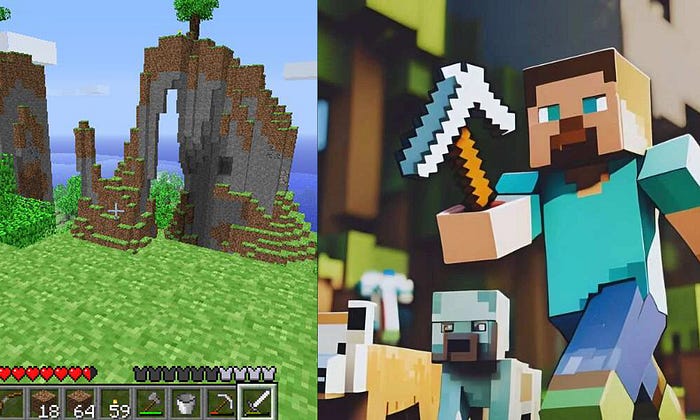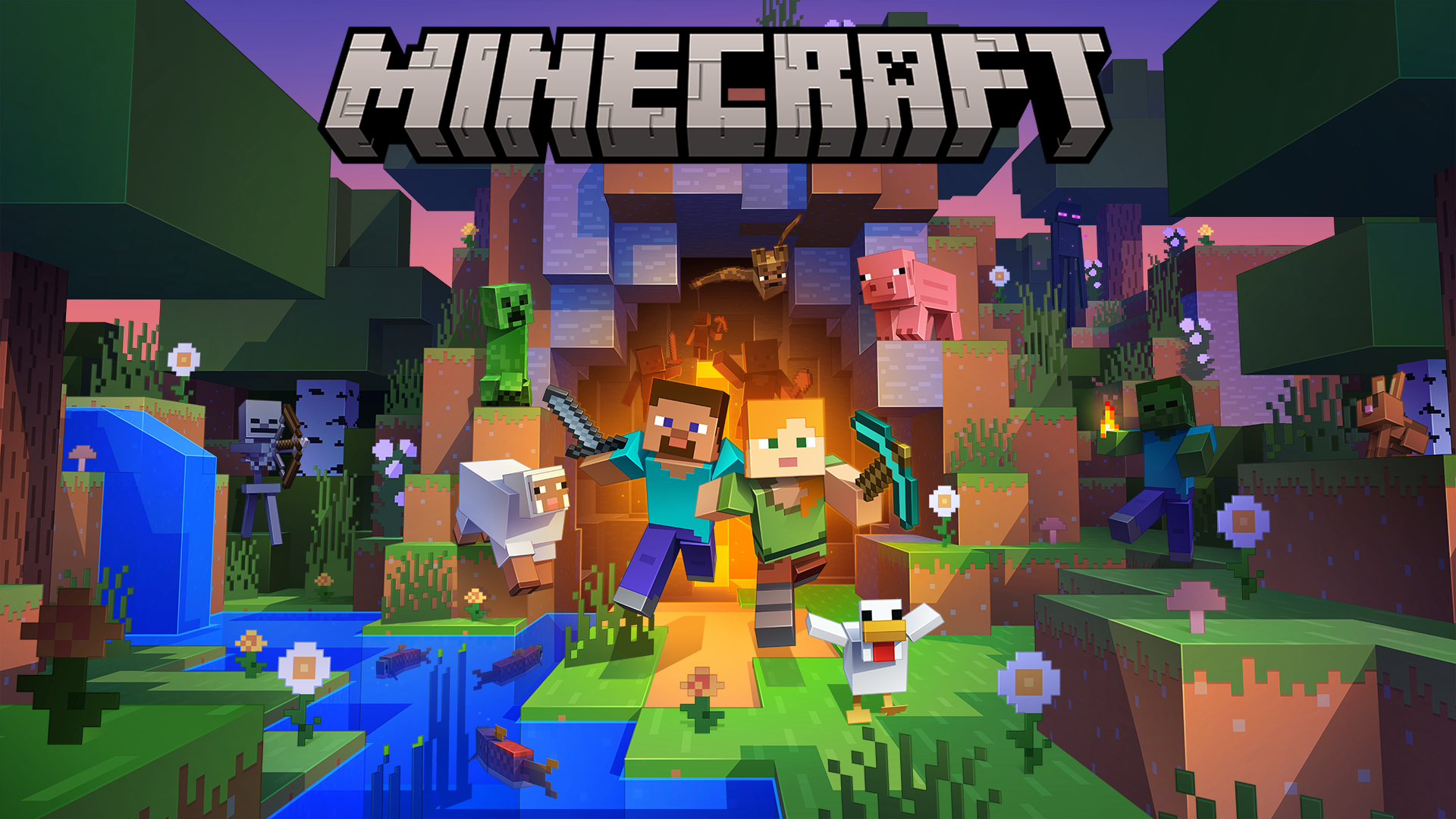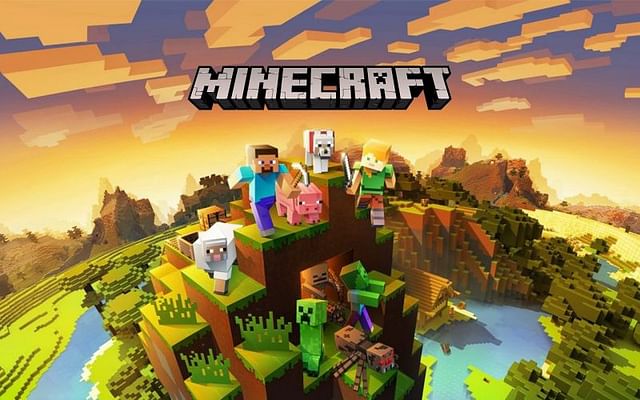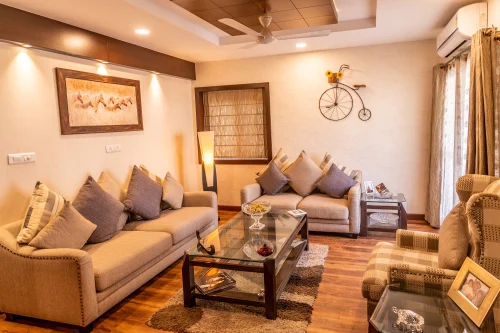Introduction to Minecraft (2009) Game Icons Banners
The Minecraft (2009) game icons and banners represent an integral aspect of the overall gaming experience, both aesthetically and functionally. Since its initial release in 2009, Minecraft has cultivated a vibrant community, exploring diverse means of expression through various visual elements, including iconic symbols and banners. These graphical elements are more than mere decorations; they play a crucial role in fostering player identity and creativity within the game, allowing for personalization and storytelling.
Throughout the years, the evolution of visual aesthetics in Minecraft has seen significant advancements, notably in the complexity and artistic expression of game icons and banners. Originally simplistic, these elements have grown increasingly sophisticated, reflecting the growing artistic capabilities of the player base. From early pixelated designs to modern interpretations that leverage advanced techniques, the transformation showcases the creativity and imagination that permeates the Minecraft community.
Players utilize banners and icons not only to designate territories or express allegiance to particular groups but also to convey personal styles and achievements. For instance, a well-crafted banner may symbolize a player’s accomplishments, echoing their adventures and victories within the world of Minecraft. Some popular designs include patterns that depict creatures, biomes, or abstract shapes, serving dual purposes of beauty and symbolism. Through these graphics, players cultivate their unique narratives, making the engagement with the game all the more compelling.
As we delve deeper into the significance of Minecraft (2009) game icons and banners in this guide, we will explore their design principles, cultural relevance, and the creativity they inspire among players. This exploration aims to shed light on how these visual motifs enrich the overall gameplay experience.
Designing Your Own Minecraft (2009) Game Icons Banners

Creating personalized game icons and banners in the Minecraft (2009) universe is an exciting way to enhance your gaming experience and express your individuality. To begin designing your own unique designs, it is essential to familiarize yourself with several tools and resources that can facilitate this process. Pixel art programs such as Aseprite or Piskel offer intuitive interfaces for designing pixelated graphics, which can be easily translated into game icons or banner motifs.
Additionally, Minecraft’s built-in features provide players with the ability to manipulate colors and patterns directly within the game. To start, select a canvas size that suits your design; typically a 16×16 or 64×64 grid will be adequate for most game icons and banners. When considering color selection, opt for a cohesive palette that resonates with your style. Using color theory can aid in creating appealing designs, so be mindful of complementary and contrasting colors.
Next, focus on pattern creation; consider elements or symbols that define your player persona. Minecraft has a wide array of symbols such as swords, creepers, and other game-related icons that can inspire your designs. Experiment with various shapes and patterns to build a unique look that represents your presence in the game. Don’t hesitate to explore different variations until you achieve a product that you find satisfying.
Moreover, refining designs often involves iteration. Take the time to seek feedback from friends or fellow gamers, as their perspectives may provide valuable insights. Dedicate moments during gameplay to experiment with your creations, integrating them within the game to see how they resonate with the Minecraft environment. These creative processes will not only result in distinctive Minecraft (2009) game icons or banners but also enhance your engagement with the game.
Popular Trends and Themes in Minecraft (2009) Game Icons Banners

Over the years, Minecraft (2009) has developed a rich tapestry of artistic expression, prominently displayed through the game icons and banners. Various trends have emerged, reflecting changing player preferences and cultural influences within the community. One notable trend is the minimalist design, where players favor simplicity and clarity over intricate details. This style is characterized by clean lines, limited color palettes, and an emphasis on essential game elements.
Seasonal themes also play a significant role in the creation of Minecraft (2009) game icons and banners. Players often design icons that resonate with seasonal events, incorporating elements such as snowflakes for winter or vibrant colors for summer. Such thematic representations not only add excitement to the game but also foster a sense of community as players come together to celebrate these shared experiences.
The interaction between the Minecraft community and social media has accelerated the popularity of certain designs. Platforms like Twitter, Instagram, and Pinterest allow players to showcase their creations to a wider audience, leading to trends based on player preferences and feedback. Community-driven challenges, where players compete to produce the best banners or icons, have become commonplace, generating engagement and inspiring creativity amongst participants.
Moreover, these themes and trends are not static; they evolve over time. As new updates and features are introduced in the Minecraft (2009) game, players adapt their designs to integrate these changes. This adaptability showcases the dynamic nature of the community, reflecting broader cultural shifts and contemporary influences. By analyzing these trends, one can gain insight into the collective psyche of the Minecraft community and its ongoing creative journey.
Showcasing Creative Examples of Minecraft (2009) Game Icons Banners

The Minecraft community is known for its vibrant creativity, and this is vividly demonstrated through the game icons and banners crafted by players. Many individuals and groups have delved into design, producing a diverse array of unique graphics that enhance the overall experience of the Minecraft (2009) game. From minimalist designs to elaborate, thematic banners, the variety is astonishing and illustrates the creative potential within the player base.
One noteworthy designer, known as ‘PixelCrafter,’ has made headlines within the Minecraft community for their innovative approach to creating game icons. Their designs combine elements from various Minecraft mods, resulting in visually striking representations that resonate with players. In a recent interview, PixelCrafter emphasized the importance of experimentation and inspiration drawn from the game’s vast environments, stating, “Every block and biome can spark an idea that translates beautifully into banners.” Such insight highlights the interconnectedness of Minecraft’s gameplay and the artistic endeavors it inspires.
In addition to individual creators, there are numerous platforms where players can seek inspiration. Popular forums like the Minecraft Forum and dedicated subreddits offer a wealth of resources, showcasing designs and allowing for collaborative feedback. Social media platforms like Instagram and Twitter also serve as valuable repositories for sharing and discovering different styles of game icons and banners. Participating in community events such as design contests can further enhance skills and provide recognition in the Minecraft community.
Moreover, many players actively engage with the community to exchange ideas and showcase their work. This collaboration fosters a sense of belonging and encourages budding designers to refine their craft. By engaging with others who share a passion for Minecraft (2009) game icons and banners, players can contribute to a thriving culture of innovation and creativity.




